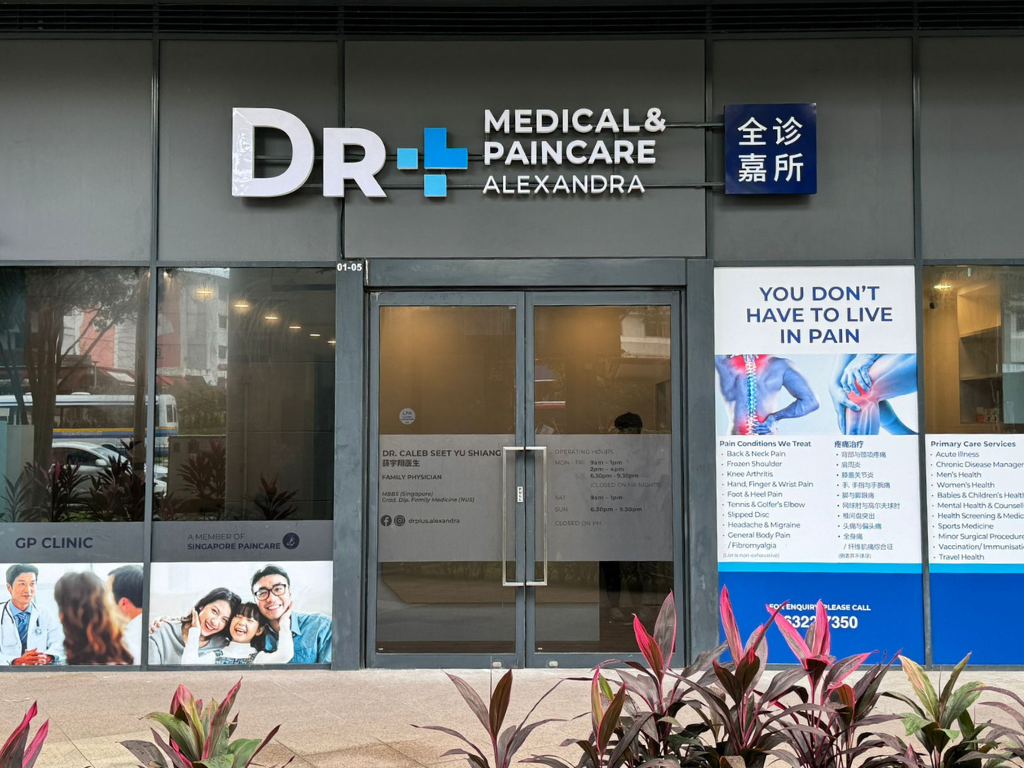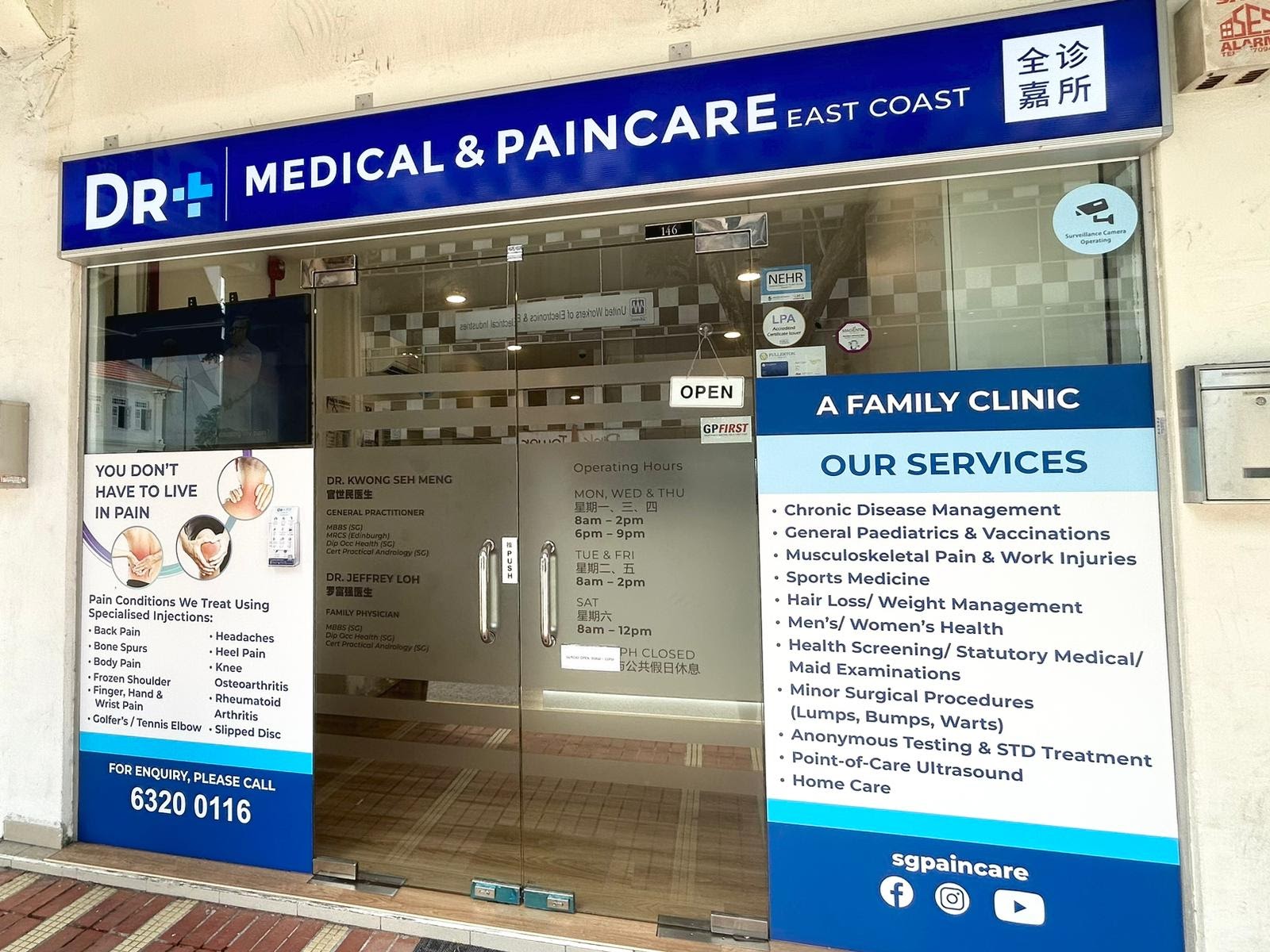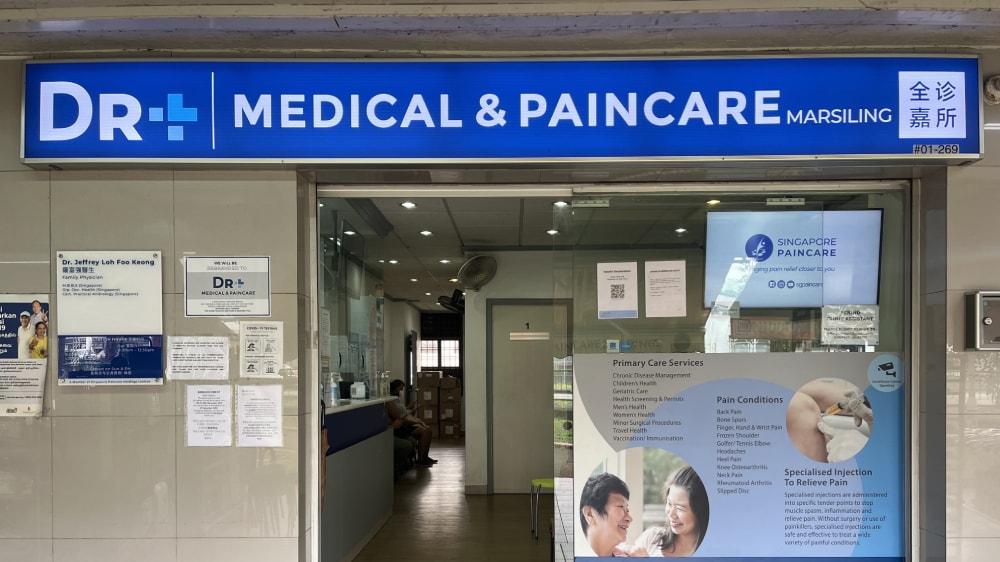Shoulder Rotator Cuff Tendinitis

Shoulder Rotator Cuff Tendinitis
Causes of Shoulder Rotator Cuff Tendinitis
Repetitive Overhead Activities:
Engaging in activities that require repeated overhead arm movements, such as tennis, swimming, or certain types of manual labour, can strain the rotator cuff tendons.
Ageing and Degeneration
As individuals age, the tendons in the rotator cuff can naturally wear down, making them more susceptible to inflammation and tears.
Trauma or Injury
Direct injuries to the shoulder, such as falls or accidents, can cause immediate damage to the rotator cuff tendons.
Bone Spurs:
Over time, bone overgrowths can develop in the shoulder, which can rub against the rotator cuff tendons, leading to tendonitis.
Symptoms of Shoulder Rotator Cuff Tendinitis
Pain:
Pain often manifests in the front of the shoulder and extends to the sides of the arm. This dull sensation persists both during activity and rest, particularly worsening with arm elevation or overhead movements.
Difficulty in Lifting the Arm:
Symptoms worsen when raising the arms overhead or attempting tasks like reaching behind the body, such as retrieving objects from a car’s backseat.
Tenderness:
Treatment Modalities
Pain Medication
This involves the use of medications such as Non-Steroidal Anti-Inflammatory Drugs (NSAIDs), opioids, and other specialised medications designed for pain management. The type and dosage are tailored to the individual’s condition and medical history.
Myospan
Minimally invasive treatments aim to effectively relieve common pain conditions by targeting pain sources.
- Coreflex Injections: Typically contain a corticosteroid and are used for inflamed joints or tissues.
- Platelet-Rich Plasma (PRP) injections: Utilise own platelets to promote healing in damaged tissues.
- Intra-Articular Injections: Most commonly used to treat osteoarthritis in the hip or knee, but they can also be given in other joints, including shoulders, wrists, ankles, hands, and fingers.
For chronic pain conditions originating from spinal issues, Neurospan can be performed by our team of pain specialists from Singapore Paincare Center.
Recovery and Rehabilitation for
Shoulder Rotator Cuff Tendinitis
Physical Therapy and Exercises:
Physical therapy and exercises are essential for shoulder rotator cuff injuries as they promote healing, restore range of motion, and strengthen the surrounding muscles. These targeted exercises prevent stiffness, enhance stability, and alleviate pain associated with the injury.
Regular Check-ups
Periodic check-ups allow our doctors to monitor the healing process, assess the range of motion, and make any necessary adjustments to the rehabilitation plan.
Prevention Tips
- Proper Exercise Techniques:
Ensuring correct form when exercising can reduce the risk of injury.
- Regular Shoulder Strengthening Exercises:
These can bolster the shoulder muscles, providing better support to the tendons.
- Avoiding Repetitive Overhead Activities:
Taking breaks and alternating tasks can prevent overstraining.
- Ensuring Ergonomic Setups:
Proper workstation setups can reduce shoulder strain, especially for those working long hours at a desk.
Struggling With Persistent Pain?
Consult one of our doctors today for a detailed consultation & personalised treatment plan.
Frequently Asked Questions
What is the difference between Shoulder Rotator Cuff Tendinitis and Rotator Cuff Tear?
While both conditions involve the rotator cuff, tendinitis refers to inflammation of the tendons, whereas a tear indicates that one or more of the tendons have been partially or completely torn.
Are there any risk factors that increase the likelihood of developing Shoulder Rotator Cuff Tendinitis?
Yes, factors such as age, engaging in certain sports or occupations that involve repetitive overhead arm movements, and having a family history of shoulder issues can increase the risk.
How can I differentiate between Shoulder Rotator Cuff Tendinitis and other shoulder conditions?
While some symptoms might overlap with other shoulder conditions, a definitive diagnosis requires a physical examination and imaging tests.
Can Shoulder Rotator Cuff Tendinitis recur after treatment?
Yes, especially if individuals return to activities that strain the shoulder without proper precautions or if they don’t adhere to recommended rehabilitation exercises.
Is it safe to exercise or play sports while undergoing treatment for Shoulder Rotator Cuff Tendinitis?
It depends on the severity of the condition and the type of treatment. While some exercises can aid in recovery, high-impact activities or those involving overhead arm movements might need to be avoided temporarily.
Our Clinics
- Mon, Tue & Thu: 9am to 1pm, 2pm to 4pm, 6:30pm to 9:30pm
- Wed & Fri: 9am to 1pm, 2pm to 4pm
- Sat: 9am to 1pm
- Closed on Sun & PH
-
(Kindly note that clinic’s last registration is 15mins before closing time.)
- Mon, Wed, Thu: 8:00am – 2:00pm, 6:00pm – 9:00pm
- Tue & Fri: 8:00am – 2:00pm
- Sat: 8:00am – 12:00pm
- Sun: 10:00am – 1:00pm
- PH: Closed
#01-54 The Midtown, Singapore 533971
- Mon to Fri: 8:00am – 12:00pm, 1:00pm – 3:00pm, 6:00pm – 9:00pm
- Sat: 8:00am – 12:00pm
- Sun & PH: Closed
988 Upper Serangoon Rd, Singapore 534733
- Mon to Fri: 8:30am – 2:30pm, 6:00pm – 10:00pm
- Sat & Sun: 8:30am – 12:30pm
- PH: Closed
-
(Kindly note that clinic’s last registration is 15mins before closing time.)
Singapore 730018
- Mon: 8:00am – 9:00pm
- Tue – Fri: 8:00am – 4:30pm, 7:00pm – 9:00pm
- Sat: 8:00am – 12:30pm
- Sun & PH: Closed
-
Kindly note that clinic’s last registration is 15mins before closing time.
-
(Last registration timing – Mon: 8:45pm, Tue – Fri: 4:15pm & 8:45pm, Sat: 12:15pm)
Thomson Imperial Court, Singapore 574424
- Mon to Wed: 8:30am – 10:00pm
- Thu: 8:30am – 3:00pm, 6:00pm-9:30pm
- Fri: 8:30am – 6:00pm
- Sat & Sun: 9:00am – 3:00pm
- PH: Closed
-
(Kindly note that clinic’s last registration is 15mins before closing time.)
- Mon, Wed & Fri: 8:30am – 12:30pm, 1:30pm – 4:30pm, 6:00pm – 9:00pm
- Tue & Thu: 8:30am – 12:30pm, 1:30pm – 4:30pm
- Sat: 8:30am – 12:30pm
- Closed on Sun & PH
-
(Kindly note that clinic’s last registration is 15mins before closing time.)
Need Advice On Your Condition?
Please fill out the form and we will be in touch with you shortly.







